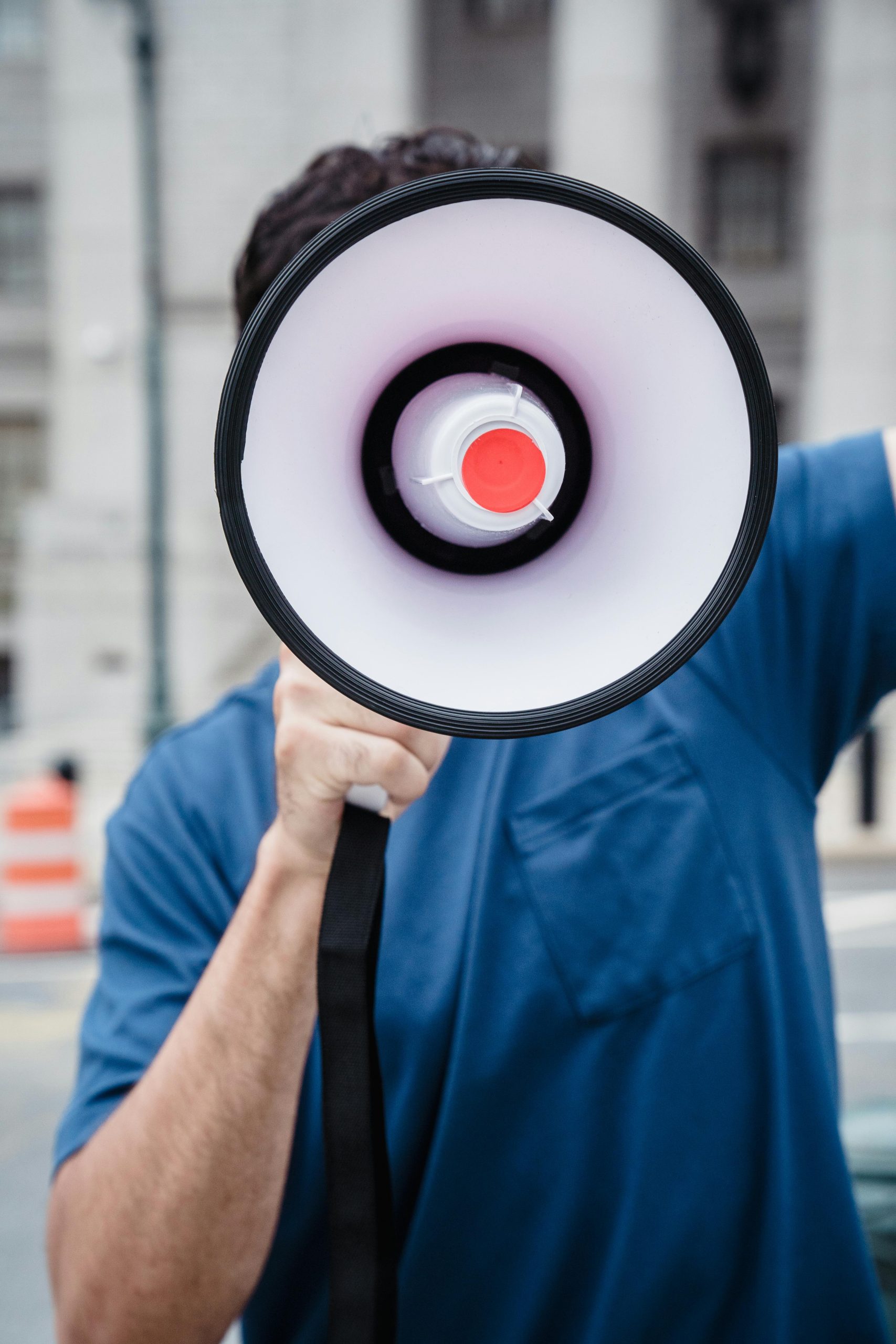Understanding Liability Coverage When You’re Not the Driver: What You Need to Know
Navigating insurance questions can be confusing, especially when you’re not the one behind the wheel. Recently, a situation arose that highlights the importance of understanding your liability coverage and how it pertains to incidents involving others’ vehicles.
Scenario Overview
Imagine a situation where a friend is driving their truck, and you’re walking nearby. During a playful or careless moment, your 19-year-old son attempts to jump into the vehicle through the passenger window. Unfortunately, his knee makes contact with the door, causing significant dents that require repair. As a pedestrian, you carry liability insurance with USAA, but you’re uncertain whether this coverage extends to damage caused to another person’s car when you’re not the one driving.
Key Questions
- Does your liability insurance provide coverage for damage to another vehicle when you’re not the driver?
- Will simply inquiring about this coverage impact your insurance rates?
Understanding Liability Coverage
Liability insurance typically covers damages or injuries you cause to others when you’re at fault. In most cases, if you’re the one operating the vehicle, your liability policy would handle damages. However, when you’re not actively driving—such as being a pedestrian or a passenger—the coverage becomes less straightforward.
In many states and policies, liability extends to incidents where you are responsible for causing damage outside of the vehicle, but specifics can vary depending on your policy and local regulations. It’s essential to review your policy details or consult directly with your insurance provider to clarify whether such incidents are covered under your liability insurance.
Proactive Steps and Best Practices
- Reach out to your insurance company proactively for clarification. Insurance providers often appreciate responsible policyholders seeking guidance.
- Be aware that inquiries typically do not negatively impact your premium, especially if you’re not filing a claim.
- For incidents involving vehicles and personal injuries or damages, it’s always best to document the event thoroughly and communicate promptly with your insurer.
Final Thoughts
While this scenario involves a bit of humor and youthful mischief, it underscores the importance of understanding the scope of your liability coverage. When in doubt, directly contacting your insurance provider can provide peace of mind and prevent surprises when unexpected incidents occur.
Remember, being informed and proactive can save you time and money, and ensures you’re adequately protected—even when the situation isn’t directly your fault.



